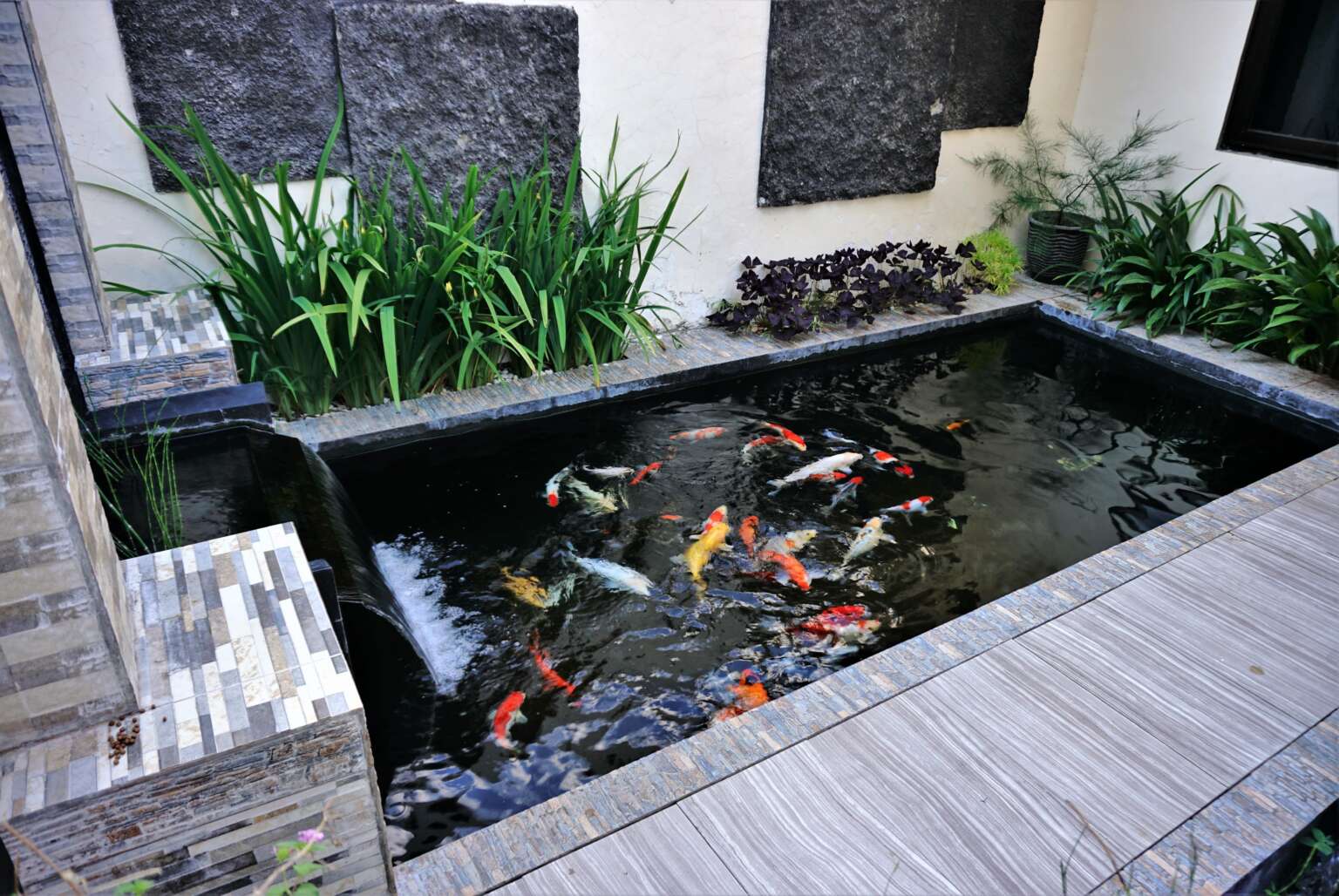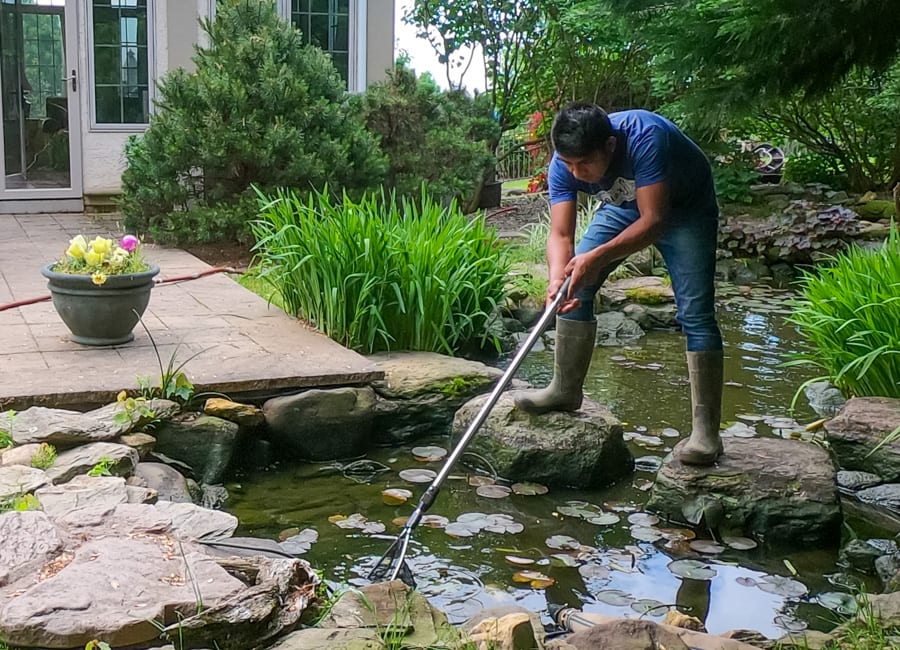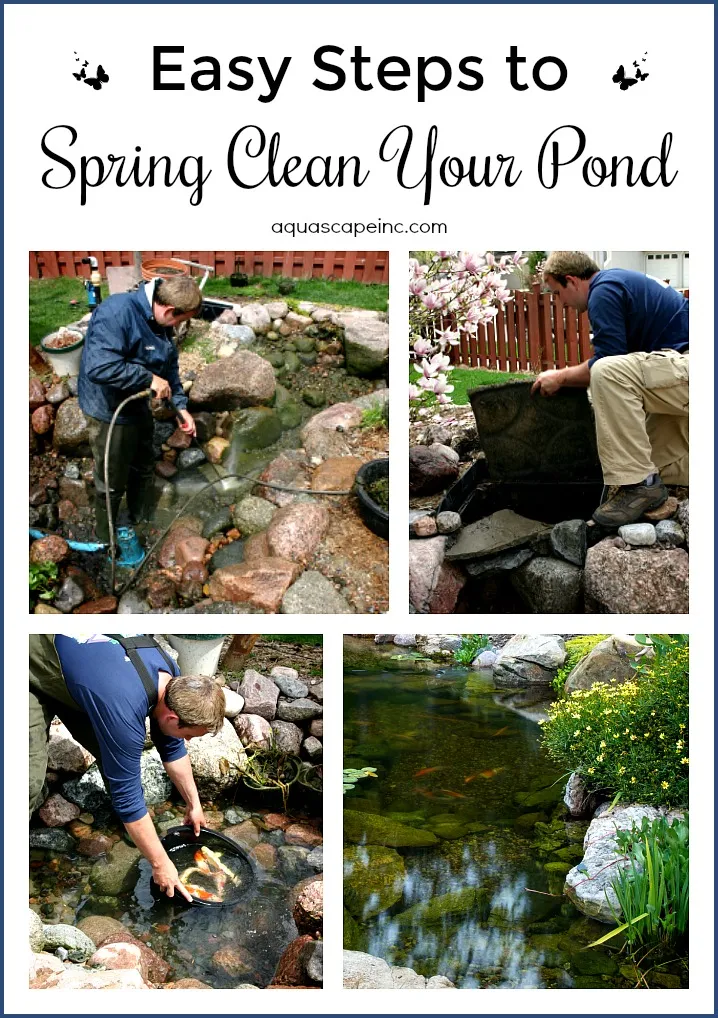Having a fish pond in your backyard can be a beautiful and relaxing addition to your outdoor space. However, keeping the pond clean and well-maintained is crucial for the health and happiness of your fish. Regular cleaning and maintenance will also help to keep the water clear and free from algae, ensuring a healthy environment for your aquatic friends. In this comprehensive guide, we will walk you through the step-by-step process of cleaning a fish pond, from removing debris to maintaining water quality.
Step 1: Gather Your Supplies
Before you begin the cleaning process, it’s essential to gather all the necessary supplies. Here’s a list of items you’ll need:
- Net or pond skimmer
- Bucket
- Pond vacuum or siphon
- Scrub brush or pond cleaning pad
- Garden hose
- Pond water test kit
- Water conditioner or dechlorinator
- Algae treatment (if necessary)
- Protective gloves
- Old clothes or apron
Once you have all your supplies ready, you can proceed to the next step.
Step 2: Remove Debris
The first step in cleaning your fish pond is to remove any debris that has accumulated on the surface of the water or at the bottom of the pond. Using a net or pond skimmer, carefully skim the surface to remove leaves, twigs, and other floating debris. Be gentle to avoid disturbing the fish or damaging any aquatic plants.
Next, use a pond vacuum or siphon to remove any sludge or debris from the bottom of the pond. This will help to prevent the buildup of organic matter, which can lead to poor water quality and algae growth.
Step 3: Scrub the Pond Surfaces
After removing the debris, it’s time to scrub the surfaces of the pond to remove any algae or stubborn dirt. Use a scrub brush or a specialized pond cleaning pad to gently scrub the walls and floor of the pond. Pay special attention to areas where algae tends to accumulate, such as around the edges and near water features.
Step 4: Drain and Refill the Pond
Once the pond surfaces are clean, it’s a good idea to drain some of the water and refill the pond to help dilute any remaining debris and waste. Use a garden hose to siphon out a portion of the water, taking care not to remove too much or disturb the fish. Refill the pond with fresh, dechlorinated water to bring the water level back to normal.

Credit: nutrienwaterstore.com.au

Credit: splashsupplyco.com
Step 5: Test and Treat the Water
After refilling the pond, it’s important to test the water quality to ensure that it is safe and healthy for your fish. Use a pond water test kit to check the pH, ammonia, nitrite, and nitrate levels in the water. If any of these parameters are out of balance, you may need to use a water conditioner or other treatments to adjust the water chemistry and make it suitable for fish.
If you notice excessive algae growth, you may also need to use an algae treatment to control the algae and prevent it from taking over the pond. Follow the instructions on the product carefully and use only the recommended amount to avoid harming the fish or other aquatic life.
Step 6: Maintain Regular Maintenance
Once your fish pond is clean and the water quality is balanced, it’s important to establish a regular maintenance routine to keep the pond in top condition. This may include weekly tasks such as removing debris, checking water parameters, and cleaning filters, as well as monthly tasks such as pruning aquatic plants and inspecting the overall health of the pond.
By staying on top of regular maintenance, you can ensure that your fish pond remains a healthy and thriving ecosystem for your fish and other aquatic life.
Conclusion
Cleaning a fish pond may seem like a daunting task, but with the right supplies and a systematic approach, it can be a straightforward and rewarding process. By following the step-by-step guide outlined in this article, you can maintain a clean and healthy environment for your fish while also enjoying the beauty of a well-maintained pond in your backyard.
Remember, regular maintenance is key to the long-term health and success of your fish pond, so be sure to establish a consistent cleaning and maintenance routine to keep your pond in top condition.
With a little effort and the right tools, you can create a thriving aquatic habitat that brings joy and tranquility to your outdoor space for years to come.





